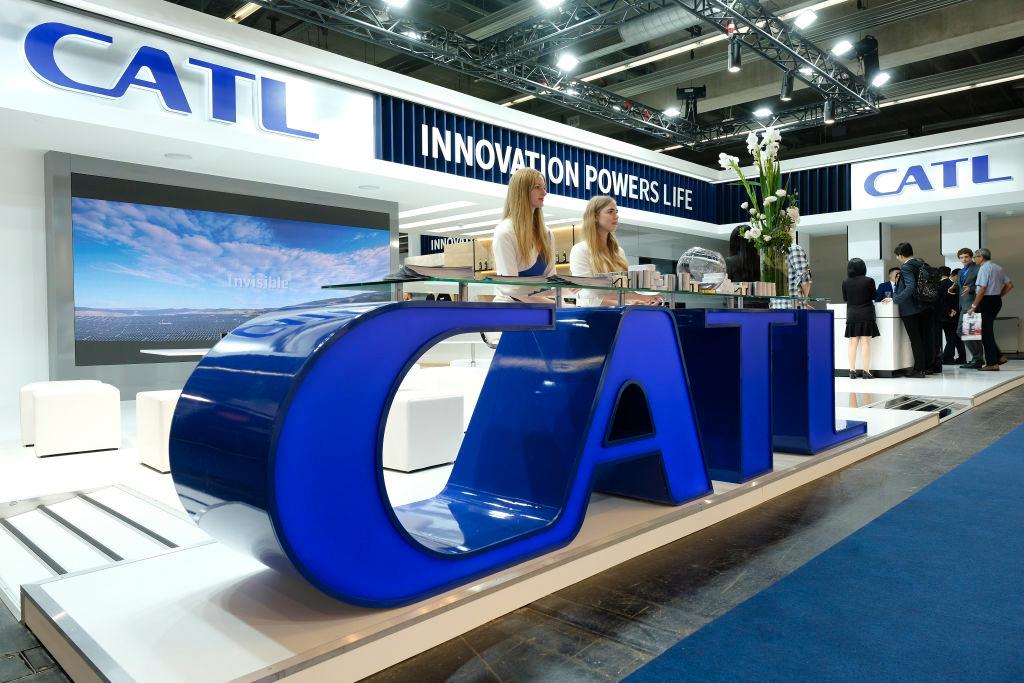The United States is undergoing profound policy changes that place the Federal Reserve in uncharted territory, Federal Reserve Chairman Jerome Powell said.
Powell spoke at the Economic Club of Chicago on April 16, telling the audience that the Trump administration is engaging in “very fundamental policy changes.”
“There isn’t a modern experience for how to think about this,” Powell said.
Challenges for the Dual Mandate
President Donald Trump’s tariff increases have been more significant than expected, and the persistent uncertainty surrounding levies could result in prolonged economic consequences.Although Powell said he anticipates higher inflation and lower growth, it is unknown how the U.S. central bank will craft monetary policy.
“We may find ourselves in the challenging scenario in which our dual-mandate goals are in tension,” Powell said in his speech. “If that were to occur, we would consider how far the economy is from each goal, and the potentially different time horizons over which those respective gaps would be anticipated to close.”
The Fed maintains a dual mandate of price stability and full employment. Some economic observers have said the White House’s tariff agenda could threaten both objectives.
Officials have expressed concern that cutting interest rates in response to a tariff-driven slowdown could keep inflation elevated. At the same time, keeping inflation-fighting policy restraint intact could leave the U.S. labor market and the broader economy vulnerable to possible adverse effects from higher import duties.
Powell said the Fed’s job now is to ensure that a temporary jump in inflation from tariffs does not become more persistent.
“The inflationary effects could also be more persistent,” he said. “Avoiding that outcome will depend on the size of the effects, on how long it takes for them to pass through fully to prices, and, ultimately, on keeping longer-term inflation expectations well anchored.”
As for the broader economy, released data suggest that growth has slowed in the first quarter year over year, the central bank head noted.
Still, despite these challenges, Powell reiterated that monetary policy is well-positioned to wait for greater clarity and respond to various scenarios.
No Intervention Coming
U.S. financial markets have been incredibly volatile over the past several weeks, and the sell-off continued during Powell’s remarks.
Wall Street should not bet on intervention by the Fed anytime soon.
Powell shrugged off suggestions that the U.S. central bank could step in to stop the bleeding or stabilize market conditions.
“What I think is going on in markets is that markets are processing what’s going on,” he said.
Uncertainty regarding policy changes is fueling the volatility, and the economic effects will remain undetermined even when the policies are more specific. But although Wall Street has wiped out trillions of dollars over the past month, Powell said the markets are “functioning” well under tough circumstances.
“Markets are doing what they’re supposed to,” he said. “They’re functioning just about as you would expect them to function.”
The U.S. Treasury market has also experienced turbulence in April, with long-term yields going through an erratic period.
Market watchers have been confounded by what has occurred in yields, particularly as auction data signal solid domestic and foreign demand.
Powell said it is challenging to determine causes in real time.
“I’ve had a lot of experience with significant moves, for example, in the bond market, where there’s a narrative that people land on, and then two months later, you look back and go, ‘That was completely wrong,’” Powell said.
“So I think it’s very premature to say exactly what’s going on.”
Labor Market Is Stable
According to the Fed chairman, the employment situation remains stable despite consternation in the U.S. labor market.Although job growth has slowed year over year, a combination of lower labor-force growth and minimal layoffs has kept the unemployment rate at about 4 percent.
“Overall, the labor market appears to be in solid condition and broadly in balance and is not a significant source of inflationary pressures,” Powell said.
Analysts have been concerned that lower immigration levels could reverse the U.S. job market. However, according to Powell, possible adjustments in immigration volumes might not matter much because “the effects on demand and supply will more or less cancel each other out.”
Another worry among market watchers has been the Department of Government Efficiency’s actions.

It would have been a muted month for layoffs if it were not for planned government headcount reductions.
Supplying the World With Dollars
The Federal Reserve is ready to supply the world with U.S. dollars, Powell said.In the past, the global economy has suffered dollar shortages, forcing the central bank to inject the world with dollars.
“We want to make sure that dollars are available,” Powell said.
The Fed maintains standing dollar swap-line agreements with central banks worldwide. This standard monetary operation among central banks ensures economic stability and liquidity in financial markets. As observed during the economic crisis at the onset of the COVID-19 pandemic, dollar-funding markets can be sensitive throughout market turmoil.
Powell touted the program as beneficial to the United States because foreign institutions purchase an asset-backed security backed by loans to U.S. consumers, helping lower borrowing costs.
“We lend to the central bank in dollars, and they pay us back in dollars—then they pay in their currency,” Powell said. “They lend in dollars, and so we take no credit risk, and it supports dollar-funding markets.”
With the U.S. dollar slumping and Treasury yields staying elevated, there has been a concern that the world could be shifting away from the world’s largest economy.
Federal Reserve Bank of Minneapolis President Neel Kashkari said the greenback should strengthen and bond yields should fall in a tariff-driven, volatile economic climate.







